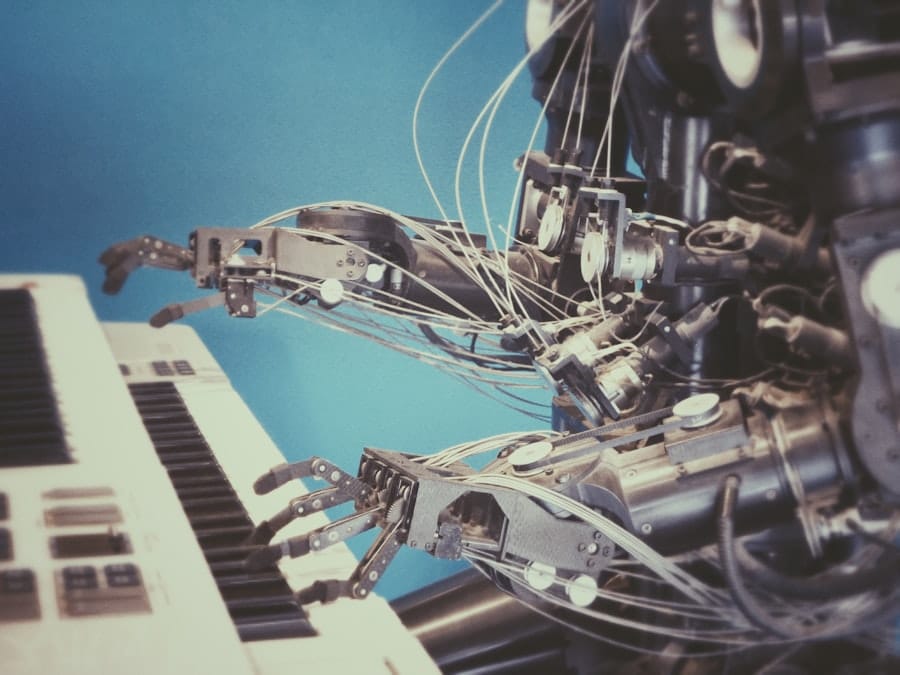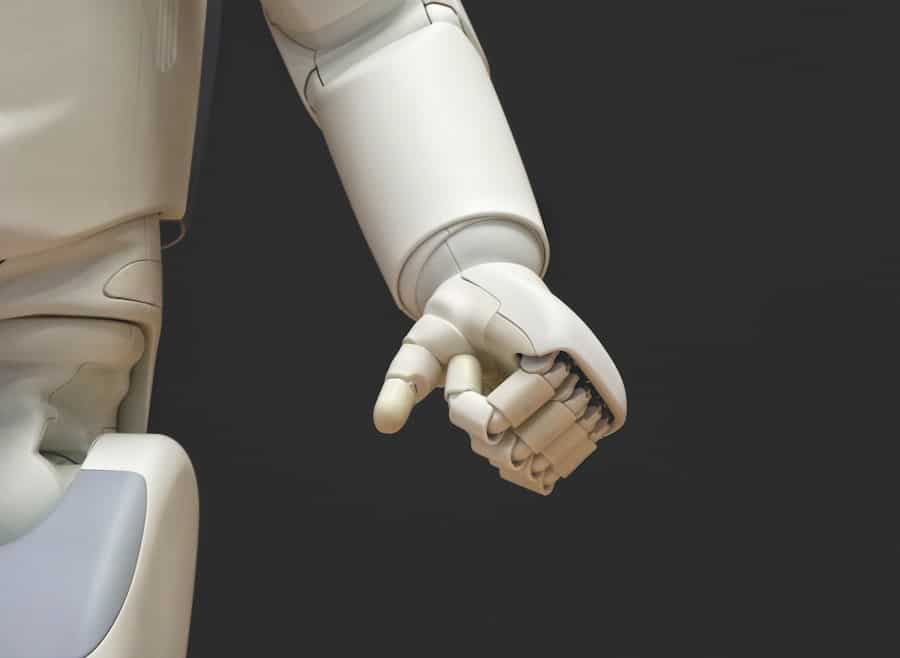Reinforcement Learning (RL) is a subfield of machine learning that focuses on how agents ought to take actions in an environment to maximize cumulative rewards. Unlike supervised learning, where the model learns from labeled data, RL operates on the principle of trial and error. An agent interacts with its environment, receiving feedback in the form of rewards or penalties based on its actions.
This feedback loop enables the agent to learn optimal strategies over time, making RL particularly suited for complex decision-making tasks where the correct action is not immediately apparent. The foundational concept of RL can be traced back to behavioral psychology, where learning is understood as a process of reinforcement. In the context of artificial intelligence, RL algorithms are designed to mimic this learning process.
The agent explores various actions, learns from the consequences, and gradually refines its strategy to achieve better outcomes. This dynamic learning process is governed by key components such as states, actions, rewards, and policies, which together form the backbone of RL systems. As technology advances, the applications of RL have expanded significantly, particularly in fields like robotics, where autonomous decision-making is crucial.
Key Takeaways
- Reinforcement learning is a type of machine learning where an agent learns to make decisions by taking actions in an environment to maximize some notion of cumulative reward.
- Reinforcement learning plays a crucial role in robotics by enabling robots to learn and adapt to their environment, making them more autonomous and capable of handling complex tasks.
- Applications of reinforcement learning in robotics include autonomous navigation, manipulation of objects, and task planning in dynamic environments.
- Challenges and limitations of reinforcement learning in robotics include the need for extensive training data, safety concerns, and the difficulty of transferring learned behaviors to new environments.
- Case studies have shown successful implementations of reinforcement learning in robotics, such as training robots to play games, perform complex tasks, and optimize control policies.
The Role of Reinforcement Learning in Robotics
In the realm of robotics, reinforcement learning plays a pivotal role in enabling machines to perform tasks that require adaptability and learning from experience. Traditional programming methods often fall short when it comes to complex environments where pre-defined rules cannot cover every possible scenario. RL provides a framework for robots to learn from their interactions with the environment, allowing them to develop skills and improve their performance over time.
This capability is particularly valuable in dynamic settings where conditions can change rapidly, necessitating a flexible approach to problem-solving. One of the most significant advantages of using RL in robotics is its ability to handle high-dimensional state spaces. Robots often operate in environments with numerous variables that can influence their performance.
For instance, a robotic arm tasked with assembling components must consider factors such as the position of parts, the force applied during manipulation, and the timing of movements. RL algorithms can effectively navigate these complexities by continuously updating their strategies based on real-time feedback. This adaptability not only enhances the robot’s efficiency but also reduces the need for extensive manual programming and fine-tuning.
Applications of Reinforcement Learning in Robotics
The applications of reinforcement learning in robotics are vast and varied, spanning industries from manufacturing to healthcare. In industrial automation, for example, RL has been employed to optimize robotic arms for assembly lines. These robots can learn to adjust their movements based on the specific characteristics of the components they are handling, leading to increased precision and reduced waste.
By continuously refining their techniques through reinforcement learning, these robots can achieve higher levels of productivity compared to those programmed with static rules. In the field of autonomous vehicles, reinforcement learning is instrumental in developing navigation systems that can adapt to changing road conditions and traffic patterns. Self-driving cars utilize RL algorithms to make real-time decisions about speed, direction, and obstacle avoidance.
By simulating various driving scenarios in virtual environments, these vehicles can learn optimal driving strategies that prioritize safety and efficiency. This application not only showcases the potential of RL in enhancing vehicle autonomy but also highlights its role in addressing complex challenges associated with real-world driving.
Challenges and Limitations of Reinforcement Learning in Robotics
Despite its promising applications, reinforcement learning in robotics is not without challenges and limitations. One significant hurdle is the requirement for extensive training data and computational resources. RL algorithms often need to explore a vast number of possible actions and states to converge on an optimal policy.
This exploration can be time-consuming and resource-intensive, particularly in real-world environments where each interaction may involve significant costs or risks. Consequently, training a robot using RL can take considerable time and may require substantial computational power. Another challenge lies in the issue of sample efficiency.
Many RL algorithms struggle with learning effectively from limited interactions with the environment. In robotics, where each trial may involve physical wear and tear or safety concerns, this inefficiency can be problematic. Researchers are actively exploring methods such as transfer learning and meta-learning to address these limitations by enabling robots to leverage knowledge gained from previous tasks or similar environments.
Case Studies: Successful Implementations of Reinforcement Learning in Robotics
Several notable case studies illustrate the successful implementation of reinforcement learning in robotics across various domains. One prominent example is OpenAI’s Dota 2-playing bot, which utilized deep reinforcement learning techniques to compete against human players at a high level. The bot learned through self-play, engaging in millions of matches against itself to refine its strategies and decision-making processes.
This case not only demonstrated the potential of RL in complex gaming environments but also highlighted its applicability to real-time strategy tasks that require quick thinking and adaptability. Another compelling case study involves Boston Dynamics’ robotic systems, such as Spot and Atlas. These robots have been trained using reinforcement learning to navigate challenging terrains and perform intricate tasks like parkour or object manipulation.
The success of these implementations underscores the transformative impact of reinforcement learning on robotic capabilities, enabling machines to perform tasks that were once thought to be exclusive to humans.
Future Implications and Potential Developments in Reinforcement Learning for Robotics
The future implications of reinforcement learning for robotics are vast and hold great promise for advancing automation across various sectors. As research continues to evolve, we can expect significant improvements in the efficiency and effectiveness of RL algorithms. One potential development is the integration of multi-agent reinforcement learning systems, where multiple robots collaborate and learn from each other’s experiences.
This approach could lead to enhanced coordination and teamwork among robotic systems, enabling them to tackle complex tasks that require collective intelligence. Moreover, advancements in hardware capabilities will likely facilitate more sophisticated applications of reinforcement learning in robotics. As computational power increases and sensor technologies improve, robots will be able to process larger amounts of data more quickly and accurately.
This enhancement will enable them to learn from richer environments and make more informed decisions in real-time scenarios. Additionally, the incorporation of advanced simulation environments will allow for safer and more efficient training processes, reducing the risks associated with physical trials.
Ethical Considerations and Impacts of Reinforcement Learning in Robotics
As reinforcement learning continues to shape the future of robotics, ethical considerations become increasingly important. The deployment of autonomous robots raises questions about accountability and decision-making processes. For instance, if a robot makes a mistake that results in harm or damage, determining responsibility can be complex.
It is crucial for developers and researchers to establish clear guidelines regarding accountability when designing RL systems for robotics. Furthermore, there are concerns about the potential for bias in reinforcement learning algorithms. If the training data or reward structures are flawed or biased, robots may learn undesirable behaviors or make decisions that reflect those biases.
Ensuring fairness and transparency in RL systems is essential to mitigate these risks. Researchers must prioritize ethical considerations throughout the development process, fostering a culture of responsibility that addresses both technical challenges and societal impacts.
The Future of Reinforcement Learning in Robotics
The trajectory of reinforcement learning in robotics suggests a future filled with innovation and transformative potential across various industries. As researchers continue to refine algorithms and address existing challenges, we can anticipate more capable and intelligent robotic systems that enhance productivity and improve quality of life. The integration of RL into robotics not only promises advancements in automation but also raises important ethical questions that must be navigated thoughtfully.
In summary, reinforcement learning stands at the forefront of revolutionizing how robots learn and interact with their environments. Its applications span diverse fields such as manufacturing, healthcare, and autonomous vehicles, showcasing its versatility and effectiveness in solving complex problems. As we look ahead, it is imperative that we embrace both the opportunities and challenges presented by this technology, ensuring that its development aligns with ethical standards while maximizing its benefits for society at large.
If you are interested in learning more about the latest advancements in technology, you may want to check out this article on the best software to clone HDD to SSD. This article discusses how technology is constantly evolving and provides recommendations for software that can help with this process. Just like how reinforcement learning is transforming robotics, this article highlights how software can also play a crucial role in improving efficiency and performance in various technological applications.
FAQs
What is reinforcement learning?
Reinforcement learning is a type of machine learning where an agent learns to make decisions by taking actions in an environment to achieve a specific goal. The agent receives feedback in the form of rewards or penalties based on its actions, and uses this feedback to improve its decision-making over time.
How is reinforcement learning used in robotics?
Reinforcement learning is used in robotics to enable robots to learn and adapt to their environment, make decisions, and perform tasks without explicit programming. It allows robots to learn from experience and improve their performance over time.
What are the benefits of using reinforcement learning in robotics?
Using reinforcement learning in robotics allows for more flexible and adaptive robots that can learn to perform complex tasks in dynamic and uncertain environments. It also reduces the need for extensive manual programming, as the robots can learn from experience.
What are some examples of reinforcement learning in robotics?
Examples of reinforcement learning in robotics include training robots to navigate through obstacles, manipulate objects, and perform complex tasks such as assembly or sorting. It can also be used for autonomous vehicles to learn to navigate and make decisions in real-world environments.
What are the challenges of using reinforcement learning in robotics?
Challenges of using reinforcement learning in robotics include the need for large amounts of training data, the time and computational resources required for training, and the potential for safety and ethical concerns when deploying learning-based robots in real-world settings.



